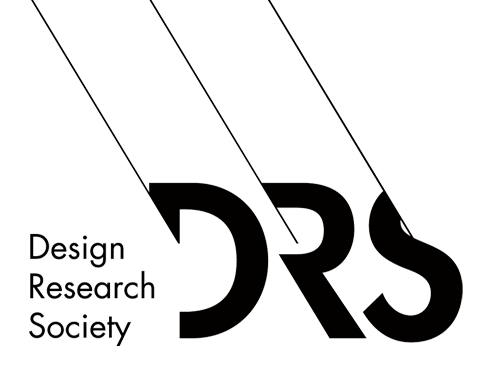Abstract
We live in a world where consumption often exceeds actual human needs, with consequences reflected in both negative environmental impacts and shifts in cultural values. This article examines how the use of memory-based datasets in the design process can help create meaningful and emotionally durable objects that encourage the development of speculative future visions. Drawing on the theories of emotional and sustainable design, the study focuses on how data that reflects personal narratives and cultural identities can shape new design principles and expand creative methods. The article introduces a project held in the Estonian Academy of Arts by Jaana Päeva, Kadri Kruus and Merle Visak and funded by the Estonian Ministry of Culture Artistic Research Support Program. In the project a handbag collection was created to analyse the influence of memories and associated emotions on the creation of product meaning. It describes a process in which three handbag designers collected and then explored memories by describing bags that played significant roles in respondents’ lives. Working within the frameworks of emotional design (Norman, 2004) and product semiotics (Vihma, 1995), they identified contemporary equivalents to the described features and collaboratively designed a collection of nine handbags. User feedback on the prototypes was collected to understand how memories, associations and personal emotions shape the cultural and emotional meaning of products. The article demonstrates how integrating memories and emotions into the design process can foster product attachment and support the creation of sustainable, long-lasting products. It highlights how memories can serve as data that connects past experiences and emotions with potential future scenarios. In doing so, memories act as not only a source of inspiration but also a tool for speculative narratives, thus helping to shape a product’s role in future cultures and social relationships.
Keywords
memory-based data; emotionally durable handbag design; meaning-making through design process; sustainability
DOI
http://doi.org/10.21606/eksig2025.108
Citation
Päeva, J.(2025) Memories as Materialized Data for Designing Emotionally Durable Handbags, in Karyda, M., Çay, D., Bakk, Á. K., Dezső, R., Hemmings, J. (eds.), Data as Experiential Knowledge and Embodied Processes, 12-13 May, Budapest, Hungary. https://doi.org/10.21606/eksig2025.108
Creative Commons License

This work is licensed under a Creative Commons Attribution-NonCommercial 4.0 International License
Memories as Materialized Data for Designing Emotionally Durable Handbags
We live in a world where consumption often exceeds actual human needs, with consequences reflected in both negative environmental impacts and shifts in cultural values. This article examines how the use of memory-based datasets in the design process can help create meaningful and emotionally durable objects that encourage the development of speculative future visions. Drawing on the theories of emotional and sustainable design, the study focuses on how data that reflects personal narratives and cultural identities can shape new design principles and expand creative methods. The article introduces a project held in the Estonian Academy of Arts by Jaana Päeva, Kadri Kruus and Merle Visak and funded by the Estonian Ministry of Culture Artistic Research Support Program. In the project a handbag collection was created to analyse the influence of memories and associated emotions on the creation of product meaning. It describes a process in which three handbag designers collected and then explored memories by describing bags that played significant roles in respondents’ lives. Working within the frameworks of emotional design (Norman, 2004) and product semiotics (Vihma, 1995), they identified contemporary equivalents to the described features and collaboratively designed a collection of nine handbags. User feedback on the prototypes was collected to understand how memories, associations and personal emotions shape the cultural and emotional meaning of products. The article demonstrates how integrating memories and emotions into the design process can foster product attachment and support the creation of sustainable, long-lasting products. It highlights how memories can serve as data that connects past experiences and emotions with potential future scenarios. In doing so, memories act as not only a source of inspiration but also a tool for speculative narratives, thus helping to shape a product’s role in future cultures and social relationships.

